| Kinase Assay: |
| Oncol Rep. 2016 Apr;35(4):2045-52. | | Kamebakaurin inhibits the expression of hypoxia-inducible factor-1α and its target genes to confer antitumor activity.[Pubmed: 26781327 ] | Hypoxia-inducible factor 1 (HIF-1), a heterodimeric transcription factor that mediates the adaptation of tumor cells and tissues to the hypoxic microenvironment, has attracted considerable interest as a potential therapeutic target. Kamebakaurin is a diterpenoid compound isolated from Isodon excia (Maxin.) Hara, which has been used for anti-inflammatory activities. However, its antitumor activity along with molecular mechanism has not been reported.
METHODS AND RESULTS:
Kamebakaurin showed potent inhibitory activity against HIF-1 activation induced by hypoxia or CoCl2 in various human cancer cell lines. This compound significantly decreased the hypoxia-induced accumulation of HIF-1α protein, whereas it did not affect the expression of topoisomerase-I (Topo-I). Further analysis revealed that Kamebakaurin inhibited HIF-1α protein synthesis, without affecting the expression level of HIF-1α mRNA or degradation of HIF-1α protein. Furthermore, Kamebakaurin prevented hypoxia-induced expression of HIF-1 target genes for vascular endothelial growth factor (VEGF) and erythropoietin (EPO). However, Kamebakaurin caused cell growth inhibition via cell cycle arrest at G1 phase in tumor cells. In vivo studies, we further confirmed the inhibitory effect of Kamebakaurin on the expression of HIF-1α proteins, leading to growth inhibition of HCT116 cells in a xenograft tumor model.
CONCLUSIONS:
These results show that Kamebakaurin is an effective inhibitor of HIF-1 and provide new perspectives into its anticancer activity. | | Int Immunopharmacol. 2013 Jan;15(1):138-43. | | Inhibition of TAK1 by kamebakaurin in dendritic cells.[Pubmed: 23159603 ] | Kamebakaurin (KA) has anti-cancer and anti-inflammatory activities through direct inhibition of DNA-binding activity of nuclear factor-kappa B (NF-κB) p50.
METHODS AND RESULTS:
We suggest here another molecular target of KA by the use of lipopolysaccharide-treated dendritic cells. In cell- and enzyme-based assays, KA directly inhibited autophosphorylation and kinase activity of TAK1, followed by the inhibition of TAK1-downstream signaling cascades, such as IKK phosphorylation-IκBα degradation-nuclear translocation of NF-κB, phosphorylation of MEK3/6-p38 mitogen activated protein kinase (MAPK), and MKK4/7-c-Jun N-terminal kinase MAPK.
CONCLUSIONS:
These results demonstrated that TAK1 might be the direct molecular target of KA. |
|
| Animal Research: |
| Pharmacol Rep. 2017 Oct;69(5):903-907. | | Suppressive effect of kamebakaurin on acetaminophen-induced hepatotoxicity by inhibiting lipid peroxidation and inflammatory response in mice.[Pubmed: 28624597] | Kamebakaurin (KA) is an ent-kaurane diterpenoid known to have anti-inflammatory potential. In the current study, we investigated whether pretreatment with KA could ameliorate acetaminophen (APAP)-induced hepatotoxicity by inhibiting the anti-inflammatory response in mice.
METHODS AND RESULTS:
Seven-week-old C57BL/6J mice were orally administered KA or olive oil emulsion for seven days. Twenty-four hours after the last KA or olive oil administration, the mice were intraperitoneally injected with 400mg/kg APAP or saline under feed deprived condition. The mice from each group were euthanized and bled for plasma analysis 24h after the injection.
APAP increased plasma levels of hepatic injury markers (i.e., alanine aminotransferase and aspartate aminotransferase), lipid peroxidation, and pro-inflammatory cytokines. Pretreatment with KA reduced the magnitude of APAP-induced increases in plasma levels of hepatic injury markers, lipid peroxidation, and inflammatory response. In addition, KA exhibited antioxidant capacity in a dose-dependent manner, with slight reactive oxygen species scavenging activity.
CONCLUSIONS:
Our results indicate that KA has the ability to protect the liver from APAP-induced hepatotoxicity, presumably by both inhibiting the inflammatory response and oxidative stress. |
|


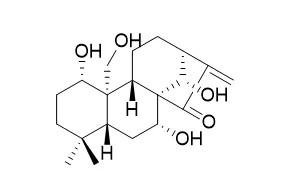

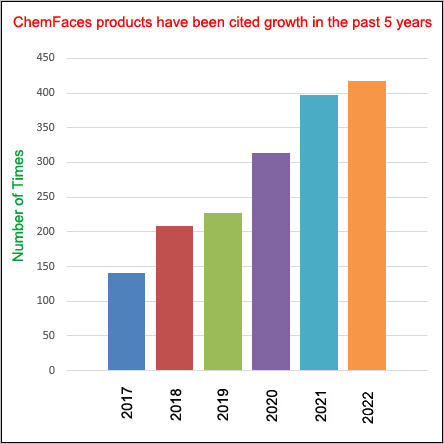
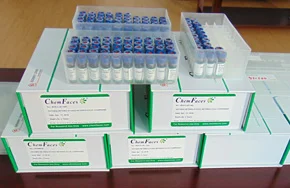
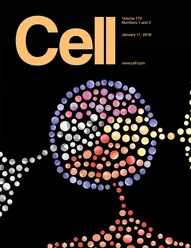 Cell. 2018 Jan 11;172(1-2):249-261.e12. doi: 10.1016/j.cell.2017.12.019.IF=36.216(2019)
Cell. 2018 Jan 11;172(1-2):249-261.e12. doi: 10.1016/j.cell.2017.12.019.IF=36.216(2019)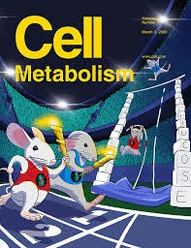 Cell Metab. 2020 Mar 3;31(3):534-548.e5. doi: 10.1016/j.cmet.2020.01.002.IF=22.415(2019)
Cell Metab. 2020 Mar 3;31(3):534-548.e5. doi: 10.1016/j.cmet.2020.01.002.IF=22.415(2019)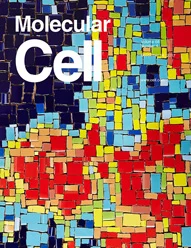 Mol Cell. 2017 Nov 16;68(4):673-685.e6. doi: 10.1016/j.molcel.2017.10.022.IF=14.548(2019)
Mol Cell. 2017 Nov 16;68(4):673-685.e6. doi: 10.1016/j.molcel.2017.10.022.IF=14.548(2019)